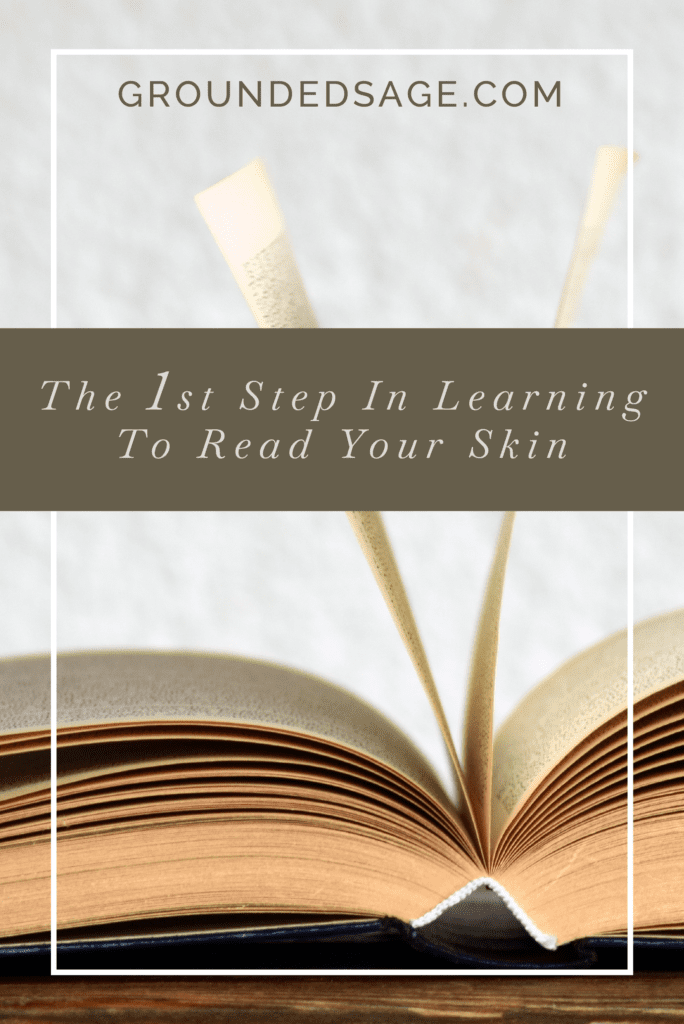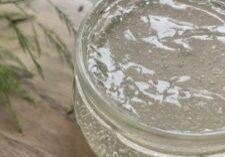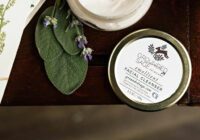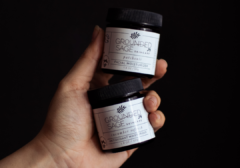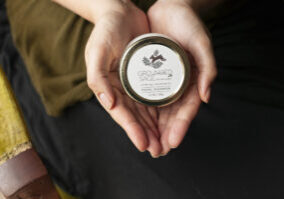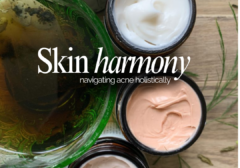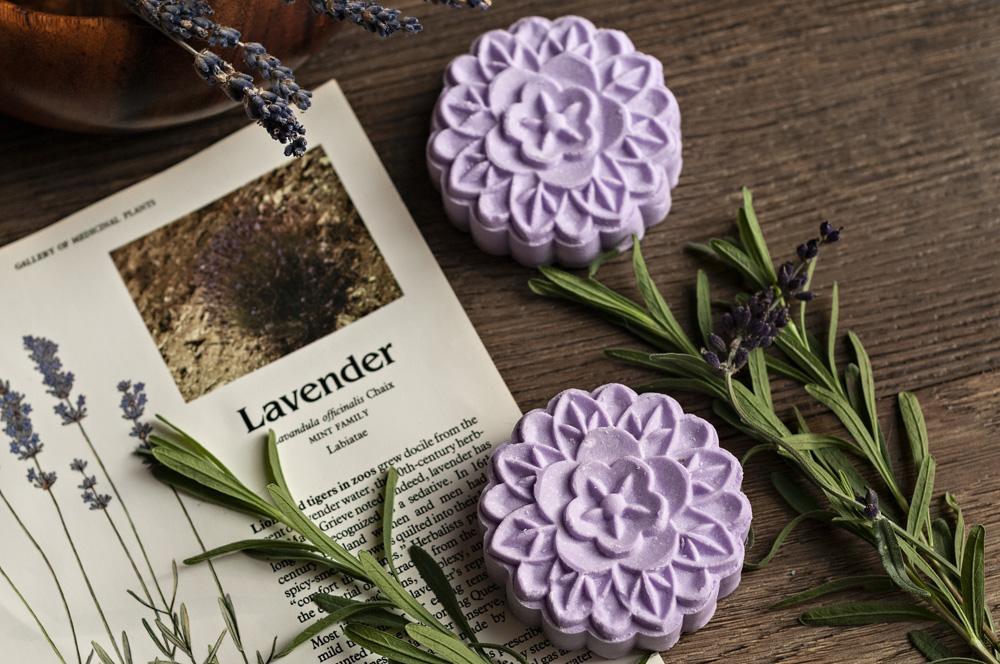
It was during a walk in the woods when I first put the pieces together. As it turned out, seeking solace in nature, gave me more than I expected, as it often does.
I entered the woods with my thoughts swimming in self-doubt and frustration around my highly acne-prone skin. It has been unruly for years despite medical interventions, some of which worked, some of which didn’t. I had tried all the ‘usual suspects’ of acne treatments.
Really, I was trying to find a way to come to terms with how I would insulate my self-esteem despite chronic, active, ‘can’t-miss it’ acne. How I would be OK in spite of my skin? How could I stop focusing on it?
If you’ve read the story of how Grounded Sage came to be, you know that I had a bit of an epiphany. Perhaps my skin was communicating with me and not in sci-fi kind of way ?- LOL!
That one little epiphany, slowly but surely, flipped the relationship I had with my skin on its head. Before, I felt like my skin was just an angry rain cloud that followed me around. Thanks to the genetic lottery, the forecast (on my face) was threatening severe thunderstorms from now until eternity!
Once I started exploring what my skin was trying to tell me, I was able to hone in on how to actually support it.
Turns out my skin was never saying, “lather me with that trendy acne wash that just hit the shelves.” It also certainly wasn’t telling me. “I breakout out like this because I don’t care about how you feel.”
Whether your skin is communicating in big, bold thunderstorms or quiet, overcast skies, we can all learn to read the signs our skin is sending us.


Types of Communications
? The first thing to know is that there are a few different ways our skin communicates with us.
- Some communications are direct like, “I’m sensitive and don’t like that!”
- Some communications are more nuanced like, “I’m going to breakout now, maybe later.. and maybe 2 weeks from now.”
- Some communications are related to external factors like, “I’m sore from too much sun exposure.”
- Some communications are related to internal factors like, “Your hormones are shifting and in case you didn’t notice, here’s a reminder… in the middle of your face.”
Yup, there’s a LOT of different ways our skin feeds us information about what’s going on around us (including what’s being applied topically) and what’s going on inside of us. It can get pretty overwhelming if your skin is particularly chatty. 
So what’s the first step to learning to read your skin?
The answer is being mindful of your skin’s dialogue. For some, that’s going to mean taking note of when your skin might feel a bit drier, a bit oilier, or just doesn’t feel comfortable. For others, that’s going to mean a process of starting to decode multiple signals.. and perhaps several different “languages”.
Think of topical communications as one language
- i.e. a cleanser that leaves your skin feeling too dry, tight, or flaky
More nuanced communications are another language
- i.e. breakouts, flares of redness, inflammation, a sensitivity that comes and goes despite your routine staying the same).
Tracking trends, symptoms, and signals will lead to a wealth of information. It’s information that we can use to start to understand what our skin is telling us.

In my next post, I’ll break down some common messages our skin sends us and what they mean. Until then, practice being mindful around how your skin changes from day to day, week to week, and how it feels before, after, and during the use of any skincare products you’re currently using. For those who want to understand some “thunderstorm” level communications, start tracking your symptoms (yes, record them). We’ll use this information to look for the “weather patterns” later.
With love & radiance


Pin this article for later:
